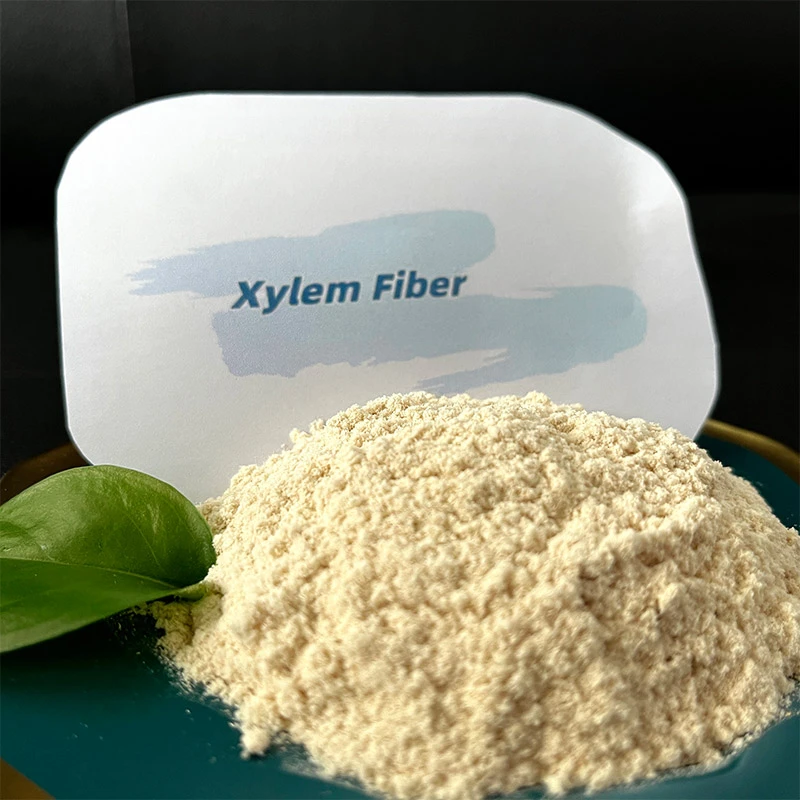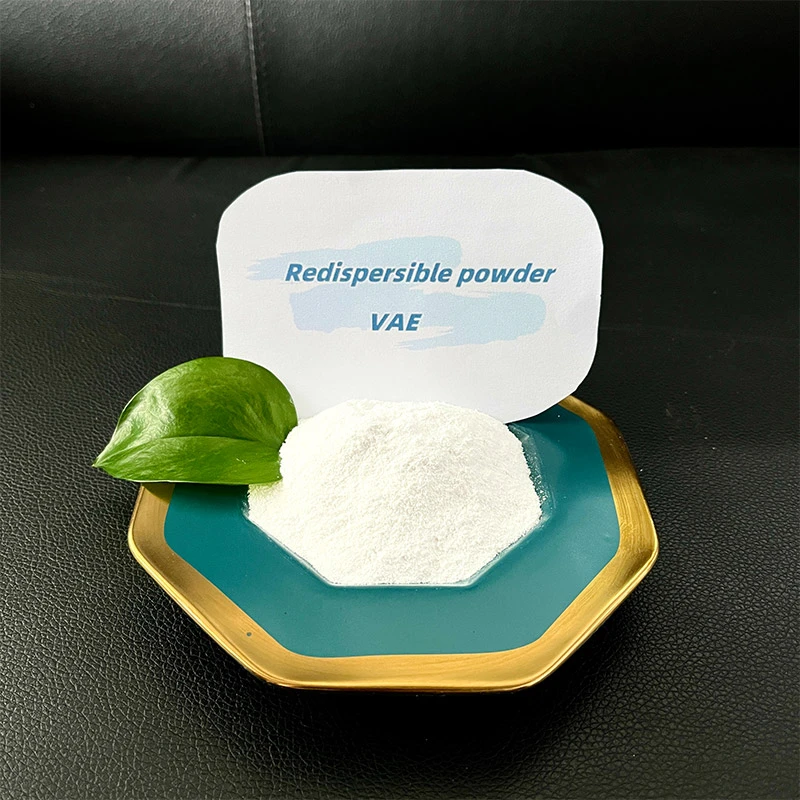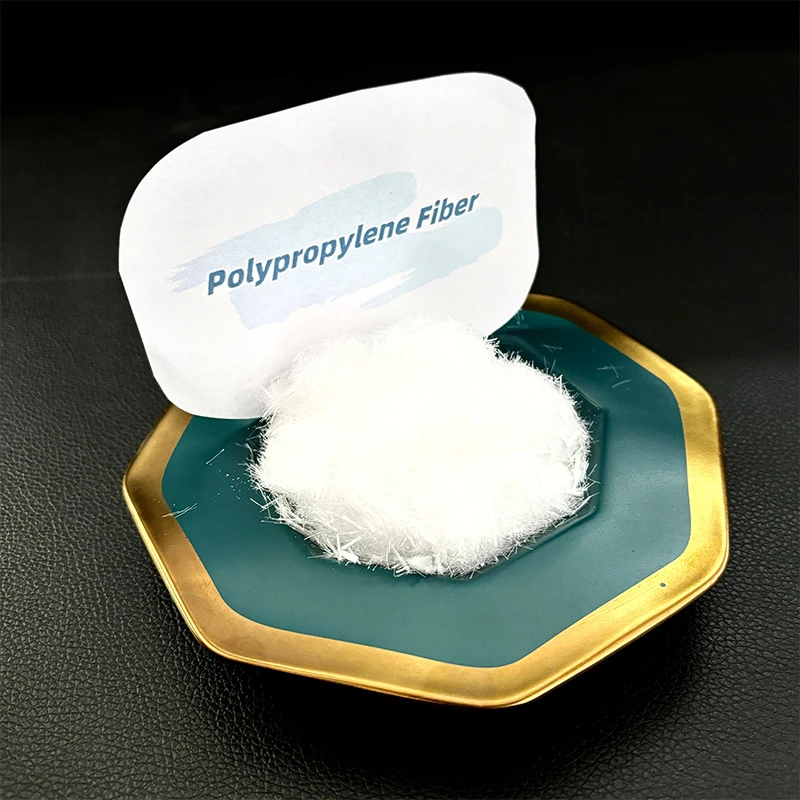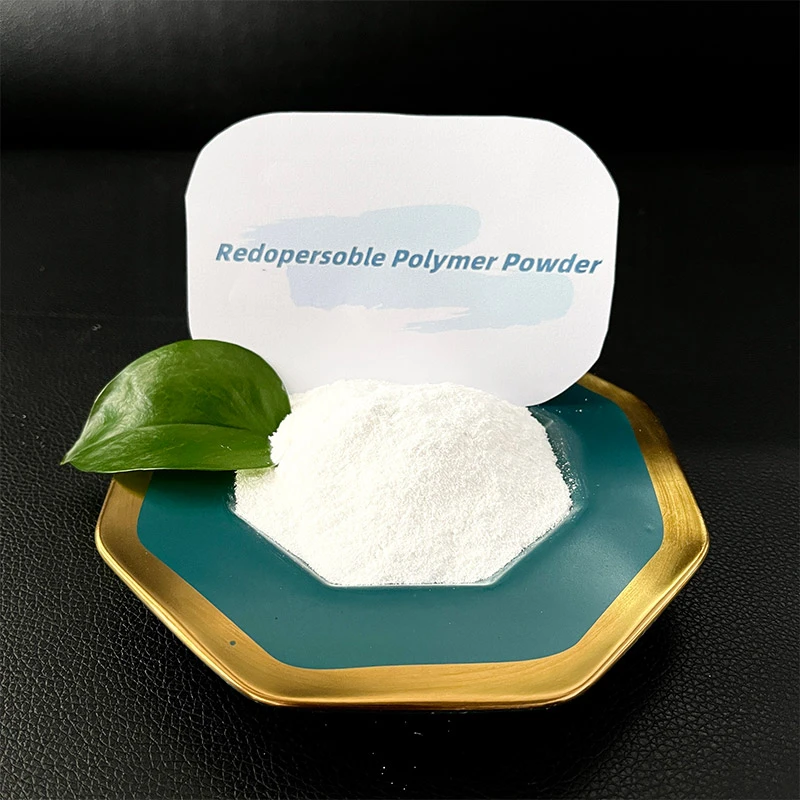
-

Add: HeBei ShengShi HongBang Cellulose Technology CO.,LTD.
-

Email
13180486930@163.com -

CONTACT US
+86 13180486930

Rubber Powder Uses: Versatile Applications & Benefits
In an era increasingly focused on sustainability and performance optimization, the application of recycled materials has gained significant traction across diverse industries. Among these, rubber powder uses stand out as a testament to innovation, transforming waste into valuable resources. From enhancing infrastructure durability to revolutionizing manufacturing processes, rubber powder offers a compelling blend of environmental responsibility and superior material properties. This comprehensive guide delves into the multifaceted world of rubber powder, exploring its industry impact, technical specifications, diverse applications, and the distinct advantages offered by specialized products like Rubber Powder-821.
Global Trends and Market Dynamics in Rubber Powder Utilization
The global market for rubber powder, primarily derived from end-of-life tires and other rubber waste, is experiencing robust growth. This surge is driven by several factors:
- Environmental Regulations: Stricter environmental policies worldwide are pushing industries towards circular economy models, making recycled rubber a preferred choice over virgin materials due to its lower carbon footprint and reduced waste generation.
- Cost-Effectiveness: The rubber powder price is generally more competitive than virgin rubber, offering manufacturers a cost-efficient alternative without compromising performance in many applications. This economic advantage fuels adoption across various sectors.
- Technological Advancements: Innovations in rubber processing technologies, including ambient grinding and cryogenic pulverization, have led to the production of finer, more consistent fine rubber powder, expanding its potential applications.
- Performance Enhancement: When incorporated into various matrices, rubber powder significantly enhances properties such as elasticity, sound absorption, vibration dampening, slip resistance, and impact resistance.
According to a report by Grand View Research, the global crumb rubber market size was valued at USD 502.8 million in 2023 and is expected to grow at a compound annual growth rate (CAGR) of 8.2% from 2024 to 2030, primarily driven by increasing demand from the automotive, construction, and building industries. This growth underscores the increasing recognition of rubber powder uses as a sustainable and high-performance material.
Product Spotlight: Rubber Powder-821 Specifications and Advantages
Our flagship product, Rubber Powder-821, available at https://www.sshbhpmc.com/rubber-powder-821.html, is engineered to meet the stringent demands of modern industrial applications. It represents the pinnacle of recycled rubber technology, offering unparalleled consistency and performance.
Technical Parameters of Rubber Powder-821
Rubber Powder-821 is a meticulously processed, high-quality rubber powder, distinguished by its precise particle size distribution and purity. Its typical specifications are detailed below:
| Property | Specification (Rubber Powder-821) | Standard Test Method |
|---|---|---|
| Mesh Size | 40-80 mesh (customizable) | ASTM D1511 / ISO 2004 |
| Specific Gravity | 1.10 - 1.25 g/cm³ | ASTM D297 |
| Moisture Content | ASTM D1509 | |
| Ash Content | ASTM D297 | |
| Acetone Extract | ASTM D297 | |
| Fiber Content | Visual/Microscopic Inspection | |
| Metal Content | Non-detectable | Magnetic Separation |
| Color | Black | Visual |
These parameters are crucial for ensuring optimal performance in various rubber powder uses. For instance, consistent mesh size (particle fineness) is vital for uniform dispersion in composites and coatings, while low moisture and ash content indicate high purity, critical for material integrity and bonding. Our strict adherence to international standards like ASTM and ISO for testing ensures that Rubber Powder-821 consistently meets or exceeds industry expectations.
The manufacturing process for Rubber Powder-821 employs state-of-the-art techniques to achieve its superior quality. We begin with carefully sourced end-of-life tires or high-quality industrial rubber scrap, ensuring that the raw material foundation is robust.
Detailed Manufacturing Process of Rubber Powder
The transformation of waste rubber into valuable rubber powder involves a sophisticated multi-stage process, forming a complete rubber powder production line. This intricate system is designed to remove contaminants, achieve precise particle sizes, and ensure the purity required for advanced rubber powder uses.
- Raw Material Collection & Inspection: The process begins with collecting discarded rubber products, primarily waste tires. Each batch undergoes rigorous initial inspection to identify and reject contaminated or unsuitable materials, ensuring only high-quality feedstock enters the system.
- Pre-treatment & Shredding: Large rubber items are first pre-treated to remove large metallic components (like tire beads) and then fed into powerful shredders. These machines break down the rubber into smaller, manageable chunks (typically 50-100 mm). This stage is crucial for efficient subsequent grinding.
- Granulation & Magnetic Separation: The shredded rubber chunks are then processed through granulators, which further reduce the size to finer granules (e.g., 10-30 mesh). During this stage, multiple stages of powerful magnetic separators are employed to extract any remaining ferrous metals. This is a critical step to prevent damage to downstream equipment and ensure product purity.
- Fiber Separation: Textile fibers (nylon, polyester) present in tires are lighter than rubber. Air separators, often using zig-zag patterns, are utilized to effectively separate these fibers from the rubber granules, further purifying the material.
-
Grinding (Ambient or Cryogenic): This is the core of rubber powder production, determining the final particle size and quality.
- Ambient Grinding: Rubber granules are fed into high-speed mechanical grinders (e.g., cracker mills, turbo mills). The friction generated during this process breaks the rubber into finer particles. This method is energy-efficient for coarser powders.
- Cryogenic Grinding: For producing fine rubber powder (e.g., 40 mesh and finer), the rubber is first embrittled by cooling it to extremely low temperatures (below its glass transition temperature) using liquid nitrogen. The embrittled rubber then shatters easily into powder when fed into a mill. This method yields very fine, uniform, and clean powder, ideal for demanding rubber powder uses like coatings and high-performance compounds.
- Screening & Classification: The ground rubber powder is then passed through a series of vibrating screens or air classifiers. These systems precisely separate the powder into different mesh sizes (e.g., 30 mesh, 40 mesh, 60 mesh, 80 mesh, 120 mesh), ensuring consistent particle size distribution for specific applications. Oversized particles are typically recirculated for further grinding.
- Quality Control & Packaging: Throughout the entire process, stringent quality control checks are performed at each key node. This includes monitoring particle size distribution, moisture content, ash content, and purity. Once certified, the rubber powder is carefully packaged in moisture-resistant bags (e.g., jumbo bags or 25kg bags) to maintain its quality during storage and transport.

The emphasis on robust manufacturing processes, including thorough metal and fiber separation, ensures that Rubber Powder-821 is of the highest purity, minimizing impurities that could compromise the final product's performance in its intended rubber powder uses. Our dedication to precision in particle sizing allows for optimal dispersion and integration into various polymer matrices.
Diverse Application Scenarios for Rubber Powder
The versatility of rubber powder uses spans a remarkable array of industries, offering both economic and performance benefits.
1. Road and Construction Infrastructure
- Asphalt Modification: One of the most significant rubber powder uses is in modifying asphalt for roads. Known as Crumb Rubber Modified (CRM) asphalt, it significantly enhances pavement performance. CRM asphalt roads exhibit increased resistance to cracking (especially low-temperature cracking), improved fatigue life, reduced road noise, and enhanced skid resistance. This leads to longer-lasting roads with lower maintenance costs.
- Waterproofing Membranes: Rubber powder is incorporated into waterproofing membranes and sealants for roofing, bridges, and foundations. Its elastic properties provide excellent crack bridging and weather resistance.
- Sound Barriers and Vibration Damping: Due to its excellent sound absorption and vibration isolation properties, rubber powder is used in acoustic panels, railway track beds, and building foundations to reduce noise and vibration.
2. Sports and Recreational Surfaces
- Artificial Turf Infill: rubber powder makes it ideal for safety surfacing in playgrounds and running tracks. It provides critical fall protection and a resilient surface for athletic performance.
3. Automotive and Transportation
- New Tire Manufacturing: While limited, some proportion of rubber powder is beginning to be incorporated into new tire compounds, especially in non-tread components, to reduce material costs and improve sustainability.
- Rubber Parts: Used in various molded rubber parts for vehicles, such as floor mats, mud flaps, gaskets, and bumpers, where its vibration dampening and durability are beneficial.
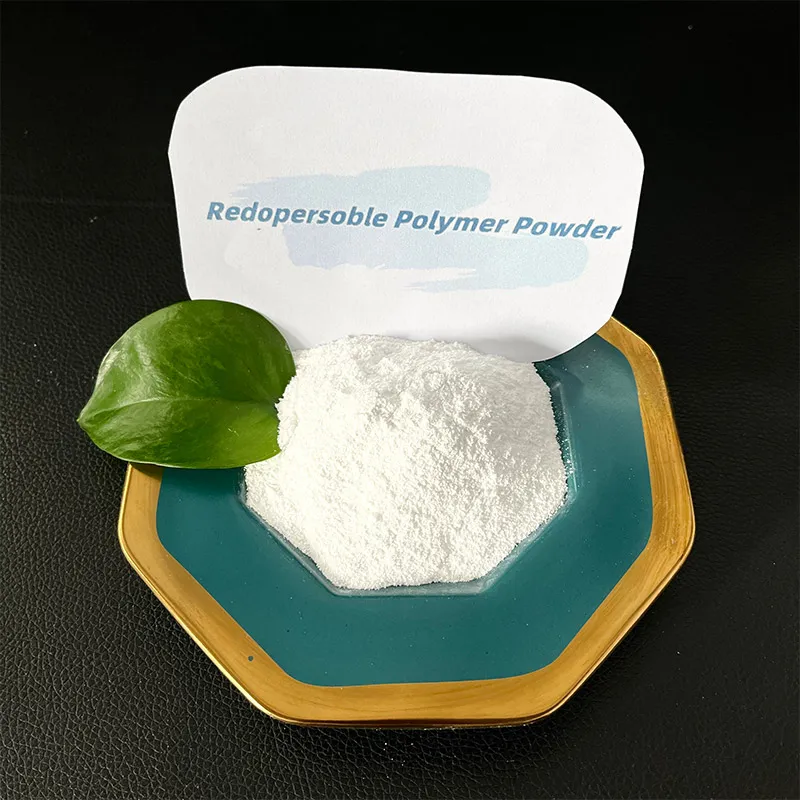
4. Industrial and Consumer Products
- Rubber Compounding: Rubber powder acts as a cost-effective filler and property modifier in various rubber compounds, including those made from SBR, EPDM, and natural rubber. It can improve tear strength, abrasion resistance, and reduce compound density.
- Adhesives and Sealants: Enhances the flexibility, durability, and bonding strength of various adhesives and sealants.
- Rubber Powder Coating: Fine rubber powder can be incorporated into specialized coatings to provide anti-slip surfaces, sound dampening, or enhanced impact resistance for industrial floors, metal components, and even artistic applications. These coatings offer superior wear resistance and flexibility.
- Nitrile Rubber Powder Applications: Nitrile rubber powder, specifically derived from NBR waste, is particularly valuable in applications requiring oil resistance, fuel resistance, and excellent sealing properties. Its uses include oil seals, gaskets, hoses, and O-rings, especially in automotive and industrial machinery.
- Rubber Anti Tack Powder / Talc Powder For Rubber Alternatives: While talc powder is traditionally used as an anti-tack agent, some specialized surface-treated rubber powders can offer improved anti-tack properties and even integrate into the matrix over time, unlike inert talc. However, traditional anti-tack agents often include calcium carbonate or talc, which prevent uncured rubber sheets from sticking. Fine rubber powder itself is not typically used as an anti-tack agent on rubber products but rather in rubber compounds.
Technical Advantages and Performance Enhancements
Incorporating rubber powder into new products offers a multitude of technical advantages:
- Enhanced Elasticity and Flexibility: Rubber powder imparts excellent elastic recovery and flexibility to composite materials, crucial for applications subjected to dynamic stresses.
- Superior Vibration and Sound Dampening: The inherent viscoelastic properties of rubber make rubber powder an effective sound absorber and vibration isolator, reducing noise and mechanical fatigue. This is particularly beneficial in automotive, construction, and industrial machinery.
- Improved Impact Resistance and Toughness: Materials reinforced with rubber powder exhibit significantly higher impact strength and toughness, preventing brittle fracture.
- Cost Reduction: As a recycled material, rubber powder can replace a portion of more expensive virgin polymers without sacrificing essential performance characteristics, leading to substantial cost savings.
- Environmental Sustainability: Utilizing rubber powder directly contributes to reducing landfill waste, conserving natural resources, and lowering the carbon footprint associated with virgin rubber production. This aligns with global sustainability goals and enhances corporate social responsibility.
- Chemical and Weather Resistance: Depending on the source material, rubber powder can offer good resistance to various chemicals, UV radiation, and ozone, prolonging the lifespan of end products.
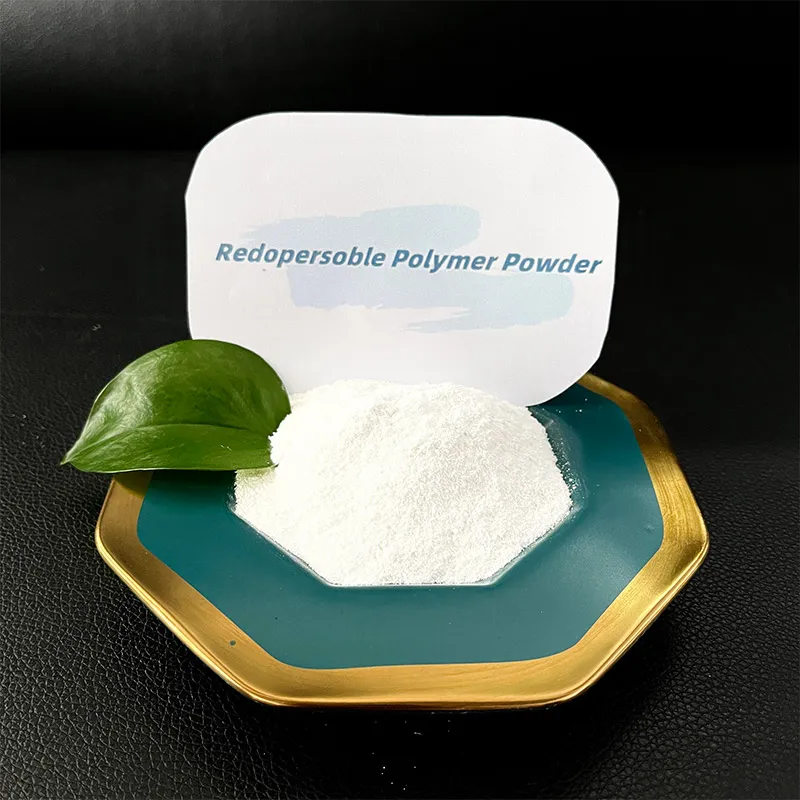
Choosing Your Supplier: Manufacturer Comparison and SSHB HPMC's Distinct Edge
Selecting the right supplier for rubber powder is paramount to the success of your applications. While many manufacturers exist, key differentiators set leading providers apart:
- Consistency and Quality Control: A reputable manufacturer invests heavily in stringent quality control at every stage of the rubber powder production line, ensuring consistent particle size, purity, and material properties batch after batch.
- Technical Expertise and R&D: Leading suppliers possess deep technical knowledge and engage in ongoing research and development to innovate new processing methods and tailor rubber powder for emerging applications.
- Supply Chain Reliability: A robust and reliable supply chain guarantees timely delivery, preventing disruptions in your production schedule.
- Certifications and Compliance: Adherence to international standards (e.g., ISO 9001 for quality management, ISO 14001 for environmental management) and industry-specific certifications demonstrates a commitment to excellence and responsible practices.
- Customization Capabilities: The ability to produce rubber powder with specific mesh sizes, surface treatments, or compositions is a significant advantage for specialized rubber powder uses.
SSHB HPMC distinguishes itself through its unwavering commitment to these principles. With decades of experience in the rubber processing industry, we have honed our expertise to deliver superior rubber powder products. Our state-of-the-art facilities and dedicated R&D team enable us to consistently produce Rubber Powder-821 to the highest standards. We are certified to ISO 9001:2015, underscoring our robust quality management system. Our long-standing partnerships with global clients are a testament to our reliability and the consistent performance of our materials in a wide array of rubber powder uses.
Customization Solutions and Collaborative Development
At SSHB HPMC, we understand that every application has unique requirements. Our technical team works closely with clients to develop tailored rubber powder solutions. This bespoke approach ensures optimal performance and cost-efficiency for specific rubber powder uses. Our customization capabilities include:
- Precise Mesh Sizes: From coarse granules for infill to ultra-fine rubber powder (e.g., 120 mesh and beyond) for demanding rubber powder coating applications or high-performance compounds, we can tailor the particle size distribution to your exact needs.
- Surface Treatment: We can apply various surface treatments to rubber powder to improve its compatibility and dispersion within different polymer matrices (e.g., improving adhesion to thermoplastics or thermosets).
- Specialized Formulations: For clients requiring specific properties, we can source and process specialized rubber types (e.g., EPDM rubber powder, SBR rubber powder, or even nitrile rubber powder) to meet performance criteria such as enhanced oil resistance or extreme temperature tolerance.
- Material Blending: We offer solutions for pre-blended rubber powders with other additives or fillers, simplifying your manufacturing process and ensuring consistent mix quality.
Our collaborative approach extends to joint research and development projects. We partner with clients to explore novel rubber powder uses, helping them innovate and gain a competitive edge in their respective markets.
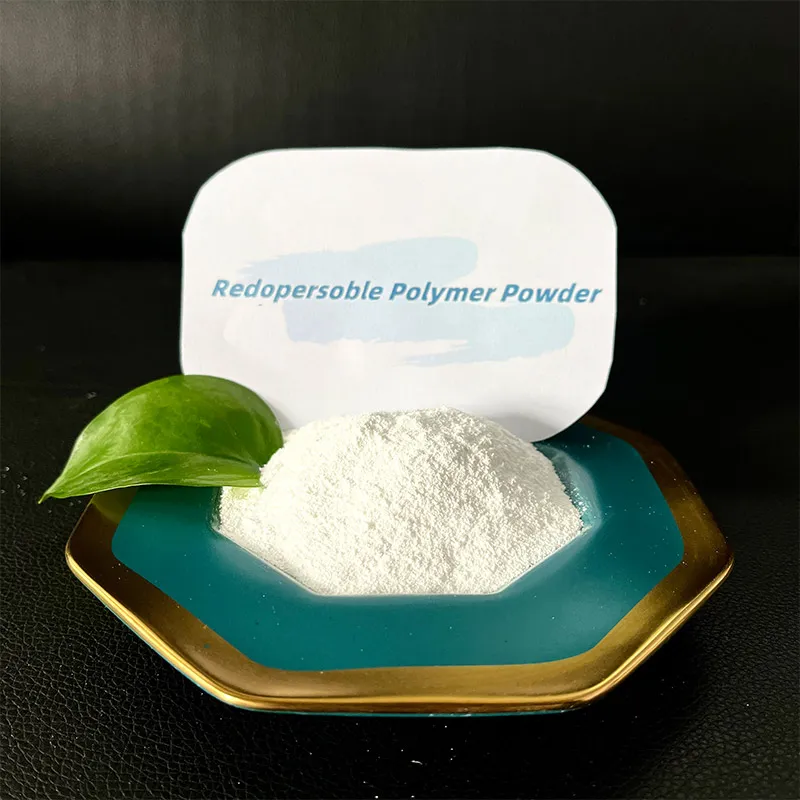
Application Cases and Success Stories (Experience)
The tangible impact of rubber powder uses is best illustrated through real-world applications and the positive feedback from our clientele.
Case Study 1: Enhanced Highway Durability
A major infrastructure project in the Middle East faced challenges with premature cracking of asphalt pavements due to extreme temperature fluctuations. By incorporating Rubber Powder-821 into their asphalt mix, they achieved a significant improvement. The modified asphalt exhibited a 30% reduction in low-temperature cracking and a 25% increase in fatigue life, as confirmed by laboratory testing adhering to ASTM D6373 standards. Our client reported a noticeable decrease in maintenance cycles and improved road user satisfaction, proving the effectiveness of rubber powder uses in harsh environments.
Case Study 2: Sustainable Sports Surfacing
A large university in North America sought a sustainable and high-performance infill for their new artificial sports fields. They chose our rubber powder, specifically designed for sports applications. Post-installation, athletes reported enhanced cushioning and reduced impact on joints. The university highlighted the environmental benefits of using recycled materials and appreciated our consistent product quality and on-time delivery, critical for their construction schedule. This highlights the successful rubber powder uses in recreational spaces.
Case Study 3: Advanced Industrial Sealants
An industrial sealant manufacturer was looking to improve the flexibility and vibration dampening properties of their high-performance sealants used in machinery. They integrated our fine rubber powder (specifically a high-mesh variant) into their formulation. Laboratory tests demonstrated a 15% increase in elongation at break and a significant reduction in noise transmission when applied to industrial components. The manufacturer noted that the consistent particle size of our rubber powder ensured smooth processing and excellent final product quality.
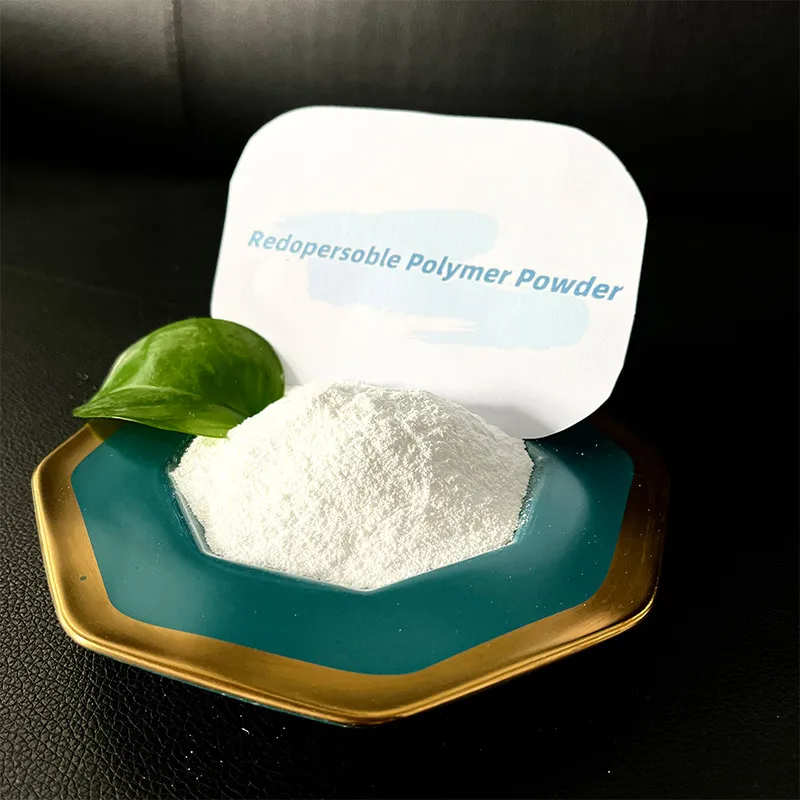
Quality Assurance, Trustworthiness, and Customer Support
At SSHB HPMC, trust is built on transparency, rigorous quality control, and unparalleled customer support. Our commitment to trustworthiness is reflected in:
- Rigorous Testing Standards: Every batch of Rubber Powder-821 undergoes comprehensive quality checks in our in-house laboratory, adhering to international standards such as ASTM D1511 (for particle size), ASTM D297 (for specific gravity, ash content), and ISO 2004. This ensures that the physical and chemical properties consistently meet published specifications for optimal rubber powder uses.
- Product Lifespan and Performance: While rubber powder itself is a raw material, its contribution significantly extends the lifespan of the end products. For instance, asphalt modified with our rubber powder can last 2-3 times longer than conventional asphalt, and sports surfaces maintain their resilience for over a decade under normal use.
- Transparent Delivery Cycles: We provide clear and realistic delivery schedules, backed by efficient logistics management. Our typical lead time for standard orders ranges from 7 to 14 days, depending on volume and destination, with expedited options available for urgent requirements.
- Comprehensive Warranty and Support: We stand by the quality of Rubber Powder-821. Should any material fail to meet its specified parameters upon delivery, we offer a comprehensive replacement or credit policy, contingent on proper storage and handling conditions. Our dedicated customer support team is available to assist with technical queries, order tracking, and any post-sales support. We believe in building long-term relationships through proactive communication and reliable service, enhancing the confidence in our rubber powder uses.
Detailed Comparison of Rubber Powder Properties
To further illustrate the technical aspects and various grades of rubber powder available in the market, here's a comparative table of typical properties across different mesh sizes and types, highlighting how they influence rubber powder uses:
| Property | Coarse (10-30 Mesh) | Medium (40-60 Mesh) | Fine (80-120 Mesh) | Nitrile Rubber Powder (Fine) |
|---|---|---|---|---|
| Typical Uses | Artificial Turf Infill, Foundry Sand, Loose-fill Playground Surface, Crumb Rubber Asphalt (larger particles) | Asphalt Modification, Molded Rubber Products, Sound Dampening Mats, Adhesives | Rubber Compounding, Coatings, Sealants, High-Performance Adhesives, Specialty Products | Oil-resistant Gaskets, Seals, Hoses, Adhesives for Fuel Systems, Chemical Resistant Coatings |
| Particle Size (microns) | 600-2000 µm | 250-420 µm | 125-180 µm | |
| Surface Area | Low | Medium | High | Very High |
| Density (g/cm³) | 1.10 - 1.25 | 1.10 - 1.25 | 1.10 - 1.25 | 1.00 - 1.20 (Varies with ACN content) |
| Ash Content (%) | ||||
| Moisture Content (%) | ||||
| Processing Method | Ambient Grinding | Ambient/Cryogenic Grinding | Cryogenic Grinding | Cryogenic Grinding (Specific NBR waste) |
| Key Advantage | Bulk volume, low cost, excellent cushioning | Versatile, good balance of cost & performance | High reactivity, good dispersion, improved mechanical properties | Oil & chemical resistance, specific compatibility |
This table underscores that the choice of rubber powder grade is critical for optimizing performance and cost-effectiveness in diverse rubber powder uses. Rubber Powder-821 typically falls into the Medium to Fine categories, offering a versatile range of applications.
Professional FAQ (FAQ)
To provide further clarity on the technical aspects and practical applications of rubber powder, here are answers to some frequently asked questions:
Q1: What is the primary material source for Rubber Powder-821?
A1: Rubber Powder-821 is primarily derived from carefully selected end-of-life tires (ELT) and post-industrial rubber waste. These sources are chosen for their consistent rubber composition, primarily styrene-butadiene rubber (SBR) and natural rubber, ensuring a reliable base material for a wide range of rubber powder uses. Our rigorous sorting and cleaning processes ensure minimal impurities.
Q2: How does mesh size affect the application of rubber powder?
A2: Mesh size, which indicates the fineness of the powder, is a critical parameter. Coarser meshes (e.g., 10-30 mesh) are ideal for bulk applications like playground infill or large-scale asphalt modification. Finer meshes (e.g., 80-120 mesh, like Rubber Powder-821) offer higher surface area and better dispersion in polymer matrices, making them suitable for compounds, coatings (rubber powder coating), and sealants where uniform integration and superior mechanical properties are required. The finer the powder, the more it behaves as an active filler rather than just an extender.
Q3: Can Rubber Powder-821 be used with other polymers?
A3: Yes, Rubber Powder-821 is highly compatible with a variety of polymers, including virgin rubbers (like EPDM, SBR, NR), thermoplastics (such as PP, PE, PVC), and thermosets. Its high purity and consistent particle size facilitate excellent dispersion. For enhanced compatibility, surface modification techniques can also be applied depending on the specific polymer blend and desired final properties for various rubber powder uses.
Q4: What are the storage requirements for rubber powder?
A4: To maintain product integrity, rubber powder should be stored in a cool, dry place, away from direct sunlight, heat sources, and strong oxidizers. It should be kept in its original sealed packaging (typically moisture-resistant bags or jumbo bags) to prevent moisture absorption and contamination. Proper storage ensures its performance in subsequent rubber powder uses remains consistent over an extended period, usually up to 12 months from the date of manufacture.
Q5: Is nitrile rubber powder different from standard rubber powder?
A5: Yes, nitrile rubber powder is a specialized type derived specifically from Nitrile Butadiene Rubber (NBR) waste. Unlike general rubber powder (often from general tires), nitrile rubber powder retains the inherent oil, fuel, and chemical resistance properties of NBR. This makes it highly valuable for niche rubber powder uses in applications such as automotive gaskets, industrial seals, and hoses exposed to harsh environments, where standard rubber powder might not suffice.
Q6: How does the manufacturing process ensure the purity of the rubber powder?
A6: Our manufacturing process incorporates multiple stages of impurity removal. This includes strong magnetic separators to remove ferrous metals, air separation systems to extract textile fibers, and advanced screening and aspiration methods to eliminate dust and non-rubber contaminants. These steps, combined with rigorous quality control at each stage of the rubber powder production line, ensure that Rubber Powder-821 is exceptionally clean and pure, critical for high-performance rubber powder uses.
Q7: What are the environmental benefits of using recycled rubber powder?
A7: The environmental benefits are substantial. Using recycled rubber powder significantly reduces the volume of waste tires in landfills, a major environmental concern. It also conserves virgin raw materials and reduces the energy consumption and carbon emissions associated with producing new rubber. By choosing rubber powder uses, industries contribute to a circular economy, mitigating environmental impact and promoting sustainable practices.
The landscape of material science is continually evolving, and rubber powder uses are at the forefront of this transformation. As industries worldwide strive for greater sustainability and enhanced performance, the demand for high-quality recycled rubber materials will only intensify. SSHB HPMC is committed to leading this charge, providing innovative, reliable, and sustainable rubber powder solutions that meet the complex needs of today's global markets. Our Rubber Powder-821 is more than just a product; it's a testament to our dedication to quality, environmental stewardship, and client success.
For further reading on the broader implications and ongoing research into rubber recycling and its applications, consider these authoritative resources:
- European Tyre and Rubber Manufacturers' Association (ETRMA) on end-of-life tyre management: https://www.etrma.org/tyres/end-of-life-tyres/
- Rubber Division, ACS, for academic papers and industry insights on rubber materials: https://www.rubber.org/technical-library
- Journal of Applied Polymer Science, for research on polymer composites and recycled materials: https://onlinelibrary.wiley.com/journal/10974628
-
Ethyl Cellulose Powder as a Pharmaceutical BinderNewsJul.10,2025
-
Blending Fibre Natural and Synthetic for PerformanceNewsJul.10,2025
-
Starch Ether For Construction: The Advanced Mortar Additive RevolutionNewsJul.10,2025
-
MHEC Cellulose in Cement-Based Renders and PlastersNewsJul.10,2025
-
Micronized Rubber Powder Dispersion TechniquesNewsJul.10,2025
-
Impact of Cream of Tartar Plaster Retarder on Final StrengthNewsJul.10,2025
-
Rubber Powder Durability in ConstructionNewsJun.26,2025







